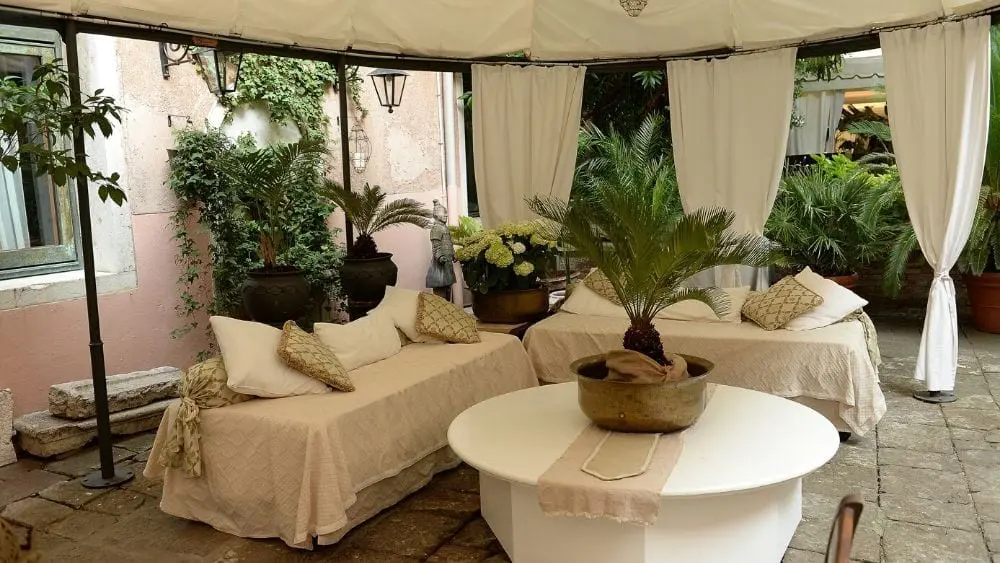
There are many things about owning a newly built home you look forward to with excitement, such as getting that two-door garage, extra bedroom, finished basement or additional counter space in the kitchen you’ve always wanted.
You’ll likely face something else new and exciting you may not have thought of — outdoor space that will need landscaping.
If you’ve lived in an apartment your whole life, perhaps you haven’t thought a lot about landscaping. Maybe you’ve never even mowed a lawn. Making the leap from that to trimming bushes, planting flowers and spreading mulch could be a bit much if you come to it unaware of what’s involved.
Or why it’s even important.
“You see the difference when you drive down the street in a neighborhood where no one has put a whole lot of money into the landscaping,” says Julie Dombrowski, a communications director with DI Development, a Charleston, S.C.-based management and development company whose primary business is new home sales. “There are new homes, the plants are new, but it just doesn’t show as well.”
She says communities where homeowners have invested more money in landscaping tend to mature faster and look better, which translates to higher home values in the end. So making the most of your landscaping is a good investment.
To avoid surprises, ask good questions about what kind of landscaping comes with your new home. “A lot depends on your builder and, if buying in a subdivision, what options they offer,” says Dombrowski.
“A new home owner could expect, especially from a builder in a new construction, a very nice landscape plan, that’s well laid out,” says Melanie Peterson, a Realtor with Equestrian Sotheby’s International Realty in South Florida. “Most gated communities have irrigation already built into the properties and the system is controlled by the [homeowners association (HOA)].
“When purchasing outside of an HOA, it is always a plus to find a property with irrigation,” she adds, “as this can be an expensive item to install after purchase.”
If you purchase in a community with an HOA, you’ll want to find out what upgrades and customizations you’re allowed to make to your landscape. “Things like adding fences and hard structures would be reviewed ahead of time either by the HOA,” says Dombrowski, “or a lot of communities have an architectural review board that would review things like that.”
Maintenance is the key to a good landscape. So before you buy, make sure you are clear on who has this responsibility.
“Typically, common areas — parks, trails, things like that — are covered by an HOA fee,” says Dombrowski. “And there are neighborhoods like ours where some of the trees planted on the streets become the city’s responsibility.”
HOA fees may cover some degree of “lawn” maintenance, but it may not pay for the degree of attention you would like for your landscape.
Mark Savoree and his wife, Karen, a couple from Paris, Ill., purchased a second home in Naples, Fla., several years ago. “When we bought the house, [the Realtor] said yard maintenance was included,” Savoree says. “We assumed that included the landscaping.”
He soon found out the quarterly HOA fees they were paying only covered the mowing and hedging. It did not include trimming the bushes, spreading the mulch or planting annuals.
Even if you are familiar and comfortable with gardening, keep in mind different rules than you’re used to may apply if the home you buy is in another part of the country.
“You have people moving into a new area and they want certain kinds of plants to grow on their property, but it may not work where they are living,” says Dombrowksi. She advises asking your builder or landscape architect what types of plants do well in that climate.
If it’s in your budget, you could hire a landscape architect to design and execute a landscape plan for you. But if not, you have options. Julie Moir Messervy is principal of Julie Moir Messervy Design Studio, a Vermont-based landscape architecture and design firm.
Messervy says beautiful design should be available to everyone, so she created a free app to make creating a landscape plan more accessible.
“I decided to make this app and this online design service that would be fun and demystify the process,” says Messervy. “It makes it inexpensive for people to get a master plan for their property.”
Her Home Outside Palette app lets users design their own landscape using scalable, versatile elements. “It’s drag and drop,” Messervy says. “You can import trees, shrubs, walls, patios, anything that’s in a property.”
Though more than happy to have her team execute your plan, she encourages even the uninitiated to try to do some things themselves.
“It’s the perfect antidote for sitting at a computer all day long, to get outside,” Messervy says, “even if it’s just weeding, edging a garden, planting some bulbs or snipping a peony that you planted yourself. It’s a wonderful experience for people.”
To get some ideas for your landscape plan, go down to your local nursery on a regular basis. Bring photos of things you’ve seen that you like. Talk to someone there about what you want to do and how time or talent intensive it is.
And remember — there’s always the Internet, from which even Messervy has received some help. “The Internet makes it so easy to learn what to do with plants,” Messervy says. “And then, enjoy them.”
 The Dos and Don’ts of Shopping for a New Home
The Dos and Don’ts of Shopping for a New Home